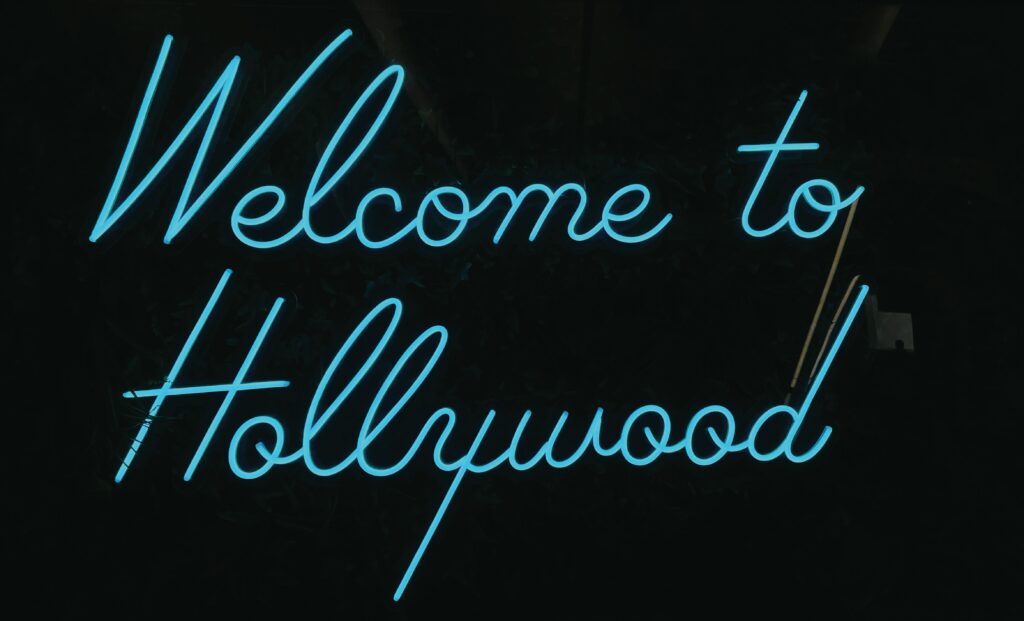The Public Fascination with Celebrity Romance
There’s something magnetic about watching famous people fall in love—or at least appear to. Celebrity couples exist at the intersection of aspiration and familiarity. They’re rich, glamorous, and just messy enough to seem human. Fans invest because these relationships offer more than tabloid fodder—they’re stories, and stories give people a way to connect, speculate, and escape.
Media acts as the megaphone. Paparazzi shots, social posts, talk show interviews—they all shape a narrative, often before the couple even defines the relationship themselves. Headlines are crafted to provoke emotion: excitement, envy, or judgment. And once a storyline gains traction, it’s hard to reverse.
Behind the scenes, PR machines work overtime. Many celebrity relationships are quietly staged or at least strategically timed to boost visibility—movie premieres, album drops, brand launches. Even seemingly spontaneous moments can be orchestrated. Fans might sense the polish, but curated love still performs well because it feels like access. The illusion of intimacy pulls people in, even when they know the sets are dressed.
Power Couples vs. Private Pairings
When two stars link up publicly, it’s rarely just about love—it’s also business. High-profile celebrity couples like Beyoncé and Jay-Z or Zendaya and Tom Holland bring more than romance to the table. They’re brand amplifiers. Their joint appearances, collaborative projects, and even synchronized social media posts translate into double the coverage, broader reach, and a tighter grip on public attention. Brands line up when two powerhouse names come in a package deal—fashion campaigns, movie deals, and cross-platform content all get a boost.
But not everyone wants that spotlight. In a world that doesn’t stop watching, some celebrities are deliberately taking the low-key route. Think Daniel Radcliffe or Phoebe Bridgers—famous enough to make headlines but choosing to keep their relationships largely out of circulation. This choice sends a different kind of message: intimacy over influence, control over chaos. It also subtly builds a mystique that can protect the brand long-term.
These two opposing strategies—public power pairings vs. quiet connections—both play the game, just with different rules. The former leans into visibility, leveraging relationship headlines as leverage. The latter opts for privacy as power, gaining quiet respect and long-term fan trust. Neither is wrong. It’s just about what kind of brand a celebrity wants to build—and how they want to play their hand.
Relationship Timelines Under the Microscope
In Hollywood, love tends to fast-forward. A-list couples often go from first date to diamond ring in what feels like ten scenes or less. Whether it’s for scheduling, spotlight synergy, or emotional intensity, celebrity relationships seem to compress the natural arc of connection into a handful of red-carpet appearances and strategically timed Instagram posts.
When these accelerated courtships end—sometimes faster than they began—the term “conscious uncoupling” gets dusted off again. The public watches as highly produced love stories dissolve into polished statements and solo paparazzi walks. There’s rarely time for private healing when everyone is drafting their own mental timeline of a couple’s rise and fall.
The speed at which relationships play out affects how media frames the narrative. A quick romance followed by a quick split? That’s often painted as impulsive or manufactured. A slow-burn friendship turned public love? That leans wholesome, even noble. Duration becomes a metric for legitimacy, whether that’s fair or not.
For fans and critics alike, timeline is story. And in a culture built on curated romance, how a relationship fits into that timeline matters as much as the relationship itself.
Social Media’s Double-Edged Sword
Going ‘Instagram official’ isn’t just a cute post anymore—it’s a press release. In modern celebrity culture, the act of sharing a relationship online signals more than personal happiness. It’s about timing, optics, and sometimes, strategy. One carefully staged photo can imply commitment, generate buzz, or reset a public narrative. Fans and tabloids pick apart every frame, every caption, and even who gets tagged. The unspoken message: this moment matters.
But the flood of couple content comes with its own set of questions. Is it love, or is it brand synergy? For some celebs, these posts fuel engagement stats, build parasocial loyalty, and help roll out joint endorsements. The line between personal and promotional gets blurry fast. Whether it’s matching outfits or vacation reels, the content looks intimate—but often it’s calculated.
Still, not everyone’s leaning in. A growing number of public figures are dialing things back, applying what looks like a fresh filter of privacy. Soft-launching a partner. Archiving photos after a split. Some avoid talking about their relationships entirely. It’s a shift—maybe a response to burnout, maybe a move to protect what’s real. Either way, the message is clear: total transparency is no longer required. Selective sharing is the new power move.
Business Meets Personal Life
Collaborating with your partner sounds like a dream—until business meets personal, and the balance tilts. Celebrity couples have long been monetizing their connections, pushing skincare lines, home goods, tequila brands, or fashion drops as a united front. Sometimes, the synergy feels seamless. Think of Ryan Reynolds and Blake Lively’s occasional co-branding finesse, where humor, restraint, and timing keep things charming instead of cheesy.
But the blueprint doesn’t always scale. Too many “relationship brands” slip into forced territory. When audience interest in the relationship outweighs the actual product value, the focus shifts—and not in a good way. There’s also the risk of public implosion. Joint ventures like Kristin Cavallari and Jay Cutler’s reality-anchored Uncommon James era showed how quickly romance-fueled revenue can backfire. Once the couple ends, the revenue often slumps, and the brand has to find its footing all over again.
Couple collabs work best when each partner brings individual value and purpose to the table. It’s less about smiling for product shoots and more about shared vision and creative equity. Done right, it amplifies both partners. Done wrong, it commodifies the relationship—and the fallout isn’t just emotional, it’s financial.
In 2024, authenticity still wins—and that includes knowing when the brand is better off staying personal.
Navigating Breakups in the Spotlight
Celebrity breakups are never just personal events—they’re public narratives that unfold across headlines, interviews, and speculation. How stars manage these moments can shape their image for years to come.
Media Control vs. Honest Storytelling
When a high-profile relationship ends, celebrities often face a critical choice: control the story or let it unfold on its own. Many opt for carefully worded statements, exclusive interviews, or strategically timed social media posts to guide the narrative.
- Preemptive PR: Joint statements and announcements help control tone and reduce tabloid frenzy.
- Selective vulnerability: Some stars share personal insights to appear candid without revealing too much.
- Narrative framing: Couples may choose to emphasize “mutual respect” or “progress” to soften the public blow.
The Breakup Playbook: Managing Public Splits
Breakups in Hollywood follow a familiar pattern—to minimize chaos and maximize legacy. There’s often a behind-the-scenes strategy to ensure both parties emerge with reputations intact.
Key tactics include:
- Coordinated messaging across social and traditional media
- Temporary media silence to allow public interest to settle
- Shifting attention to new projects, causes, or appearances quickly post-breakup
Celebrities increasingly rely on trusted publicists and legal teams to sculpt a response that feels authentic yet strategic.
Resilience and Reputation: Bouncing Back
In the aftermath of a split, how a celebrity navigates their “comeback” can be just as telling as the breakup itself. Public goodwill is a form of currency—and savvy stars know how to spend it wisely.
- Rebuilding the narrative: Redirecting attention toward personal growth or professional milestones
- Hosting raw, human moments: Interviews or media pieces that show depth and maturity
- Avoiding the blame game: Staying above public feuds helps maintain fan loyalty and brand partnerships
Ultimately, resilience is about preserving legacy while moving forward. Celebrity breakups may be public entertainment, but for those involved, the management of separation can be a masterclass in image control and personal redefinition.
Final Thoughts: The Real Takeaway
Celebrity love stories might light up headlines and timelines, but they usually come with a hidden price tag. Public affection is rarely free; it’s managed, observed, and dissected by millions. Behind the curated couple photos and viral red carpet moments, there’s a quieter narrative—negotiating identity, balancing branding with intimacy, and dealing with judgment from people you’ll never meet.
For the rest of us, there’s something to learn here. Admiring famous couples is fine, even fun. But when admiration turns into assumption—that relationships should be fast-moving, flawless, or aesthetic 24/7—that’s when expectations start to slip into fantasy. Celebs operate under pressures most people will never fully relate to. That doesn’t make their experiences less real—it makes them different.
The goal? Appreciate the highlight reel without pretending it’s the whole story. Take inspiration where it fits your reality, and leave the rest for what it is: entertainment anchored in artifice. Let admiration fuel reflection, not comparison.
For more current insights on celebrity culture and entertainment developments, see our coverage on Breaking Celebrity News: The Week’s Top Headlines.




